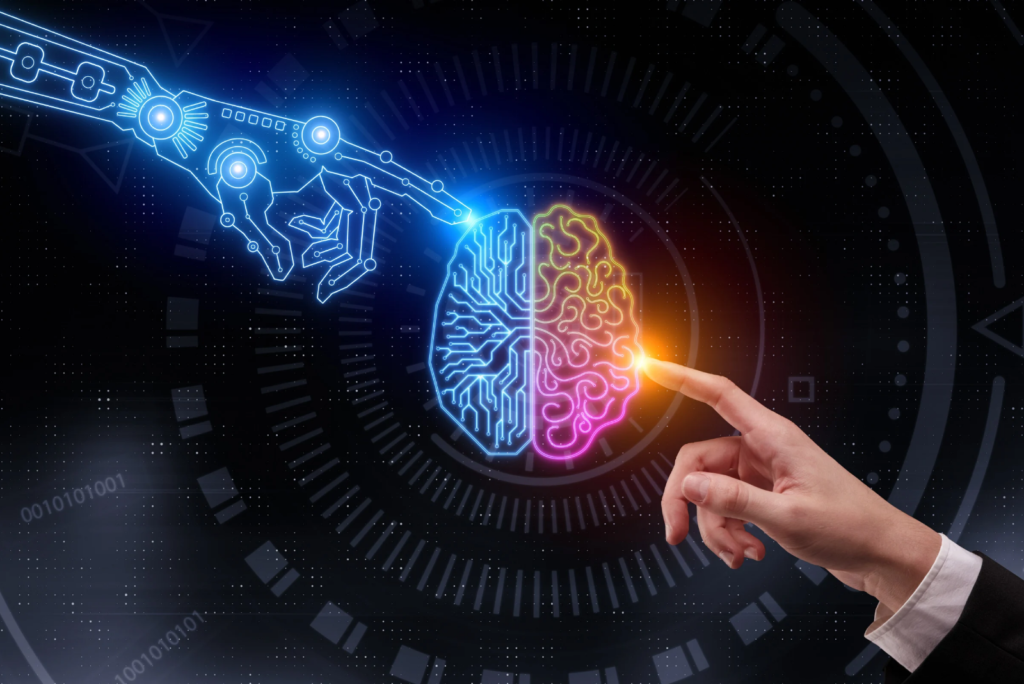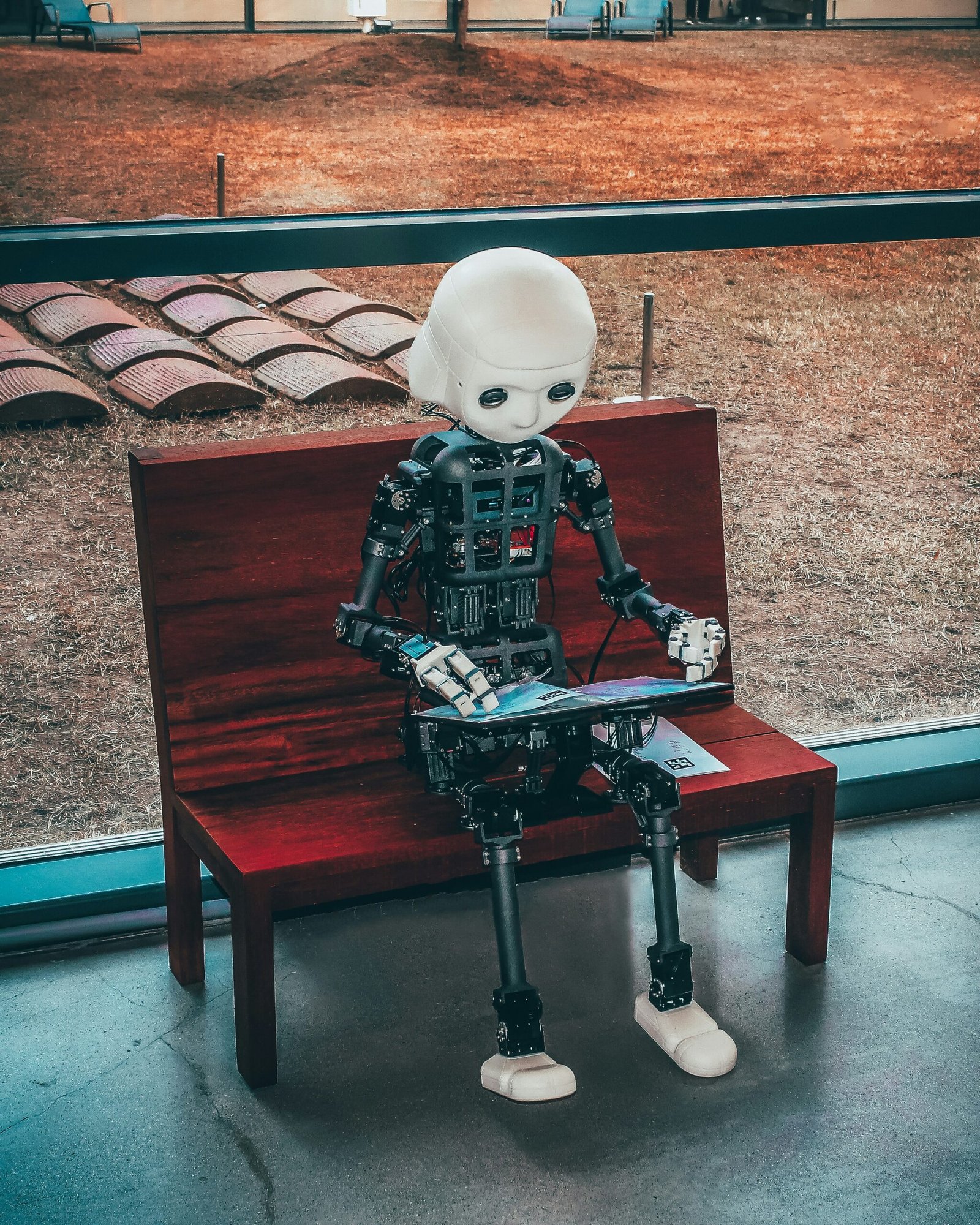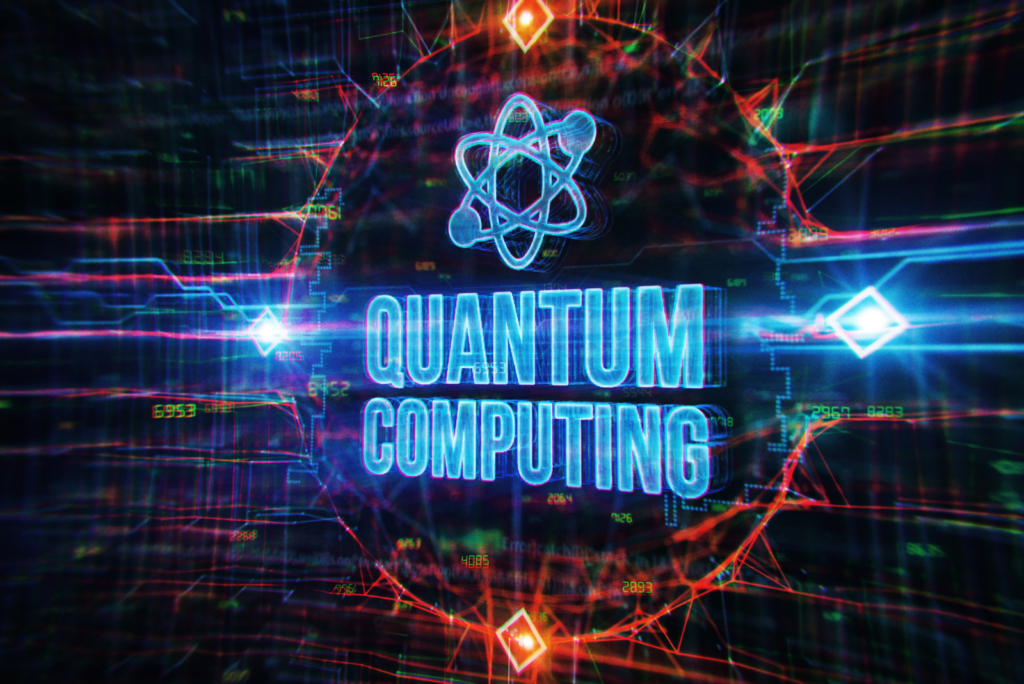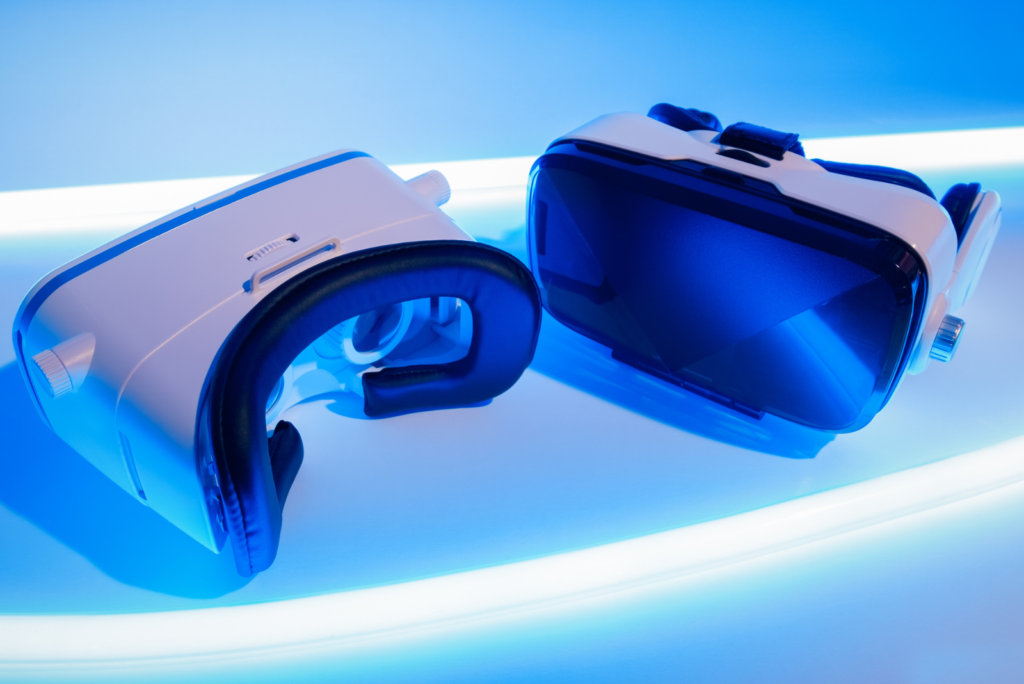Introduction to AI and Human Intelligence
Artificial Intelligence (AI) and human intelligence represent two distinct yet interconnected paradigms of understanding and interaction with the world. AI can be defined as the capability of a machine to imitate cognitive functions associated with human minds, such as learning, reasoning, and problem-solving. It encompasses various technologies, including machine learning, natural language processing, and robotics, designed to perform tasks that typically require human intelligence. Consequently, AI systems can process vast amounts of data quickly, making decisions based on pattern recognition and predictive algorithms.
On the other hand, human intelligence encompasses a broader range of cognitive abilities. It includes emotional understanding, creativity, intuition, and common sense—attributes that machines are yet to fully replicate. While AI relies heavily on programming and data input to function, human intelligence draws on experiential learning and a rich tapestry of social interactions. This leads to a profound difference in how both intelligences approach problem-solving and decision-making scenarios.
Despite these differences, there are notable similarities between AI and human intelligence. Both forms of intelligence seek to adapt and learn from their environments. AI systems are designed to improve their performance through exposure to more extensive datasets, just as humans learn and evolve through experiences. Additionally, the integration of AI into various sectors, such as healthcare, finance, and education, showcases the potential of enhancing human capabilities, effectively demonstrating the synergy between AI and human intelligence.
Understanding the foundational concepts of both AI and human intelligence is critical for navigating the future landscape of technology and human interaction. This interplay is important as we explore how these two forms of intelligence can collaborate, ultimately enhancing capabilities, improving efficiency, and generating innovative solutions.
The Evolution of AI: From Algorithms to Intelligent Systems
The journey of artificial intelligence (AI) can be traced back to the mid-20th century when the concept of machine intelligence began to take root. Initially, AI was focused on the development of simple algorithms capable of performing specific tasks, such as playing chess or solving mathematical problems. These early algorithms laid the groundwork for what would become a highly intricate field, driven by the ambition to emulate human cognitive functions.
As research advanced through the decades, the limitations of these early approaches became evident. The algorithms were rigid and often failed to adapt to new situations or learn from their experiences. Consequently, AI research evolved to incorporate more sophisticated methods, leading to the onset of symbolic AI, where knowledge was represented in a structured format. This phase introduced logic-based systems that could make decisions based on predefined rules — a significant step forward, albeit still constrained by the issue of scalability.
With the advent of powerful computing resources in the late 20th century, machine learning emerged as a dominant paradigm. Unlike their predecessor algorithms, which strictly followed programmed instructions, machine learning systems were designed to learn from data and improve performance over time. This shift not only enhanced the capabilities of AI but also expanded its application scope across various domains — from healthcare to finance.
The subsequent development of deep learning, a subset of machine learning utilizing complex neural networks, marked a pivotal moment in the evolution of AI. These architectures, inspired by the human brain, enable computers to recognize patterns and make decisions with unprecedented accuracy. As a result, AI systems began to exhibit capabilities that closely mirrored human intelligence, effectively allowing them to work alongside humans in collaborative scenarios. This synergy between AI and human intelligence is a testament to the remarkable progress made and highlights the potential for further advancements in the future.
Understanding Human Intelligence: Traits and Capabilities
Human intelligence is a multifaceted construct characterized by a variety of traits and capabilities that enable individuals to navigate complex environments and solve diverse problems. Central to this understanding are emotional intelligence, creativity, problem-solving skills, and adaptability, each contributing to the richness of human cognitive abilities.
Emotional intelligence refers to the ability to recognize, understand, and manage one’s own emotions, as well as those of others. It encompasses skills such as empathy, self-regulation, and social awareness, allowing individuals to forge meaningful relationships and communicate effectively. These emotional competencies play a crucial role in fostering teamwork and enhancing interpersonal connections in various contexts, providing a dimension to human intelligence that artificial intelligence has yet to replicate fully.
Creativity is another defining trait of human intelligence, manifesting in the generation of novel ideas and solutions. Unlike AI, which can analyze existing data to produce outcomes based on learned patterns, human creativity is often inspired by personal experiences, cultural influences, and imaginative thinking. This originality fuels innovation across countless fields, from the arts to problem-solving in business, distinguishing humans in their capacity to envision possibilities that extend beyond mere computation.
Moreover, problem-solving skills are intrinsic to human intelligence, enabling individuals to tackle challenges with a degree of reasoning and critical thinking. Humans employ both analytical and intuitive approaches to assess situations and arrive at conclusions, reflecting a sophisticated cognitive process. Furthermore, adaptability allows people to respond effectively to changing circumstances, drawing on past experiences and emotional insights to find solutions under pressure.
In essence, the unique traits defining human intelligence clearly showcase significant distinctions when compared to AI capabilities. While AI excels in processing vast amounts of data, human traits such as emotional intelligence, creativity, problem-solving skills, and adaptability illustrate a complementary synergy that positions humans and machines as partners in addressing complex challenges.

How AI Enhances Human Intelligence
The integration of artificial intelligence (AI) into various sectors has proven to significantly enhance human intelligence by providing tools and applications that support decision-making, productivity, and creativity. In fields such as healthcare, AI systems are employed for predictive analysis, enabling medical professionals to forecast potential health issues based on patient data. For example, AI algorithms can analyze thousands of medical images with precision, identifying patterns that might escape human observation. This capability not only increases the accuracy of diagnoses but also empowers healthcare providers to devise more effective treatment strategies.
In the realm of education, AI enhances human intelligence by personalizing learning experiences. Platforms powered by AI can assess students’ strengths and weaknesses, allowing educators to tailor their teaching methodologies accordingly. Tools like intelligent tutoring systems offer round-the-clock assistance, giving students the opportunity to learn at their own pace, which fosters a deeper understanding of the subject matter. These systems can also provide educators with insights into student performance, facilitating data-driven decisions that enhance educational outcomes.
In the business sector, AI contributes to enhancing human intelligence through automation and data analysis. Businesses leverage AI to analyze large datasets, uncovering valuable insights that drive strategic planning and operational efficiency. For instance, AI-driven tools can forecast market trends, allowing companies to adapt their strategies in real-time. Additionally, AI applications in customer service, such as chatbots, augment human employees by managing routine inquiries, thereby freeing them to focus on more complex tasks that require human intuition and creativity.
The synergetic relationship between AI and human intelligence is clear; as AI technologies evolve, they offer unprecedented opportunities for individuals in various domains to enhance their capabilities and improve the quality of their work. By supporting intuition and creativity through advanced analytics and personalized approaches, AI is not just a tool but a catalyst for collective human intelligence.
The Role of Human-AI Collaboration in the Workforce
The integration of artificial intelligence (AI) into the workforce has marked a significant shift in how tasks are performed across various industries. Rather than replacing human labor outright, AI enhances human capabilities, creating a collaborative environment that can lead to innovative solutions and increased efficiency. This synergy between human intelligence and AI not only streamlines processes but also encourages a more productive workplace where the unique strengths of both entities are leveraged.
One of the most notable advantages of human-AI collaboration is innovation. AI systems can analyze vast datasets swiftly and accurately, uncovering insights that may elude human analysis. When these insights are presented to human workers, they can apply their creativity and contextual understanding to develop new ideas and strategies. This relationship exemplifies how a symbiotic network of human and machine intelligence can drive significant advancements in fields ranging from healthcare to finance, where timely and informed decisions are critical.
However, the integration of AI into work environments is not without its challenges. Job displacement remains a concern as certain positions become automated. As AI systems take over routine tasks, there is an increasing demand for new skill sets that focus on AI management, programming, and data interpretation. Organizations must provide adequate training and resources to their employees to ensure a smooth transition to a more technology-driven workplace.
Furthermore, fostering a culture of collaboration requires open communication and trust between human workers and AI systems. Companies that promote a positive attitude toward technology adoption can ease the apprehensions associated with these changes. In such an environment, employees are more likely to see AI as a partner rather than a threat, ultimately leading to a more harmonious and effective workforce.
Real-Life Examples of Successful Human-AI Integration
The integration of artificial intelligence (AI) in various sectors has yielded remarkable success stories that highlight the potential of combining human intelligence with machine learning capabilities. One prominent example can be found in the field of healthcare. Institutions like the Cleveland Clinic have employed AI-driven diagnostic tools to assist physicians in identifying diseases more accurately and efficiently. These AI systems analyze vast amounts of medical data, such as imaging and genetic information, allowing doctors to make informed decisions with speed and precision. This harmonious collaboration between humans and AI not only enhances diagnostic accuracy but also improves patient outcomes.
Another illustrative case is that of IBM’s Watson, which has been pivotal in cancer treatment and research. By processing and analyzing extensive datasets encompassing clinical trials, medical literature, and patient records, Watson provides oncologists with evidence-backed treatment recommendations. This integration enables healthcare professionals to focus on patient care while leveraging AI to enhance their clinical decision-making process. The results have been promising, leading to more tailored treatment plans that account for individual patient needs.
In the financial sector, companies like JPMorgan Chase have deployed AI technologies for fraud detection and risk management. By utilizing machine learning algorithms that can uncover patterns and anomalies within transaction data, banks can preemptively identify fraudulent activities and mitigate risks. This partnership enhances human oversight, allowing financial analysts to allocate their expertise where it is most needed while improving the security and reliability of financial transactions.
Lastly, in the manufacturing industry, firms such as Siemens have embraced AI to optimize production processes. By integrating AI-powered automation and predictive maintenance, they not only boost their operational efficiency but also empower workers to perform more strategically. This symbiosis leads to a more productive work environment where human operators can focus on complex problem-solving rather than repetitive tasks.
Ethical Considerations in Human-AI Collaboration
The integration of artificial intelligence (AI) into various sectors significantly enhances efficiency and decision-making. However, it also raises critical ethical considerations that must be addressed to ensure responsible collaboration between humans and AI systems. One of the primary concerns involves bias inherent in AI algorithms. AI systems learn from data, and if the training data reflects historical biases or societal prejudices, the resulting AI decisions may perpetuate these biases. This could lead to unfair treatment of individuals or groups, particularly in sensitive domains such as hiring, lending, and law enforcement.
Another critical ethical issue is accountability. When an AI system makes a decision that results in negative consequences, it can be challenging to determine where the responsibility lies. Is it with the developers who created the algorithm, the organizations deploying it, or the AI itself? Establishing clear lines of accountability is essential to ensure that both human operators and AI systems are held responsible for their actions. This clarity is vital for maintaining public trust and ensuring that AI serves the interests of society as a whole.
Moreover, maintaining human oversight is a fundamental ethical consideration in the collaboration of human intelligence and AI. While AI can analyze data and make predictions more quickly than human capabilities allow, the complexities of human emotions, ethics, and societal norms cannot be replicated by machines. Therefore, human judgment must remain at the forefront, especially in decision-making processes that significantly impact individuals’ lives. Regular assessments and interventions by human operators can help mitigate the risks associated with relying solely on AI.
In conclusion, as AI continues to permeate various aspects of life, it is crucial to address these ethical considerations proactively. By focusing on bias mitigation, accountability, and the importance of human oversight, we can foster a more responsible and equitable integration of AI and human intelligence, aligning technological advancements with societal values.
Future Trends: The Next Frontier for Human-AI Synergy
As we move deeper into the 21st century, the collaboration between artificial intelligence (AI) and human intelligence is set to evolve dramatically, driving innovation across diverse sectors. One significant trend is the advancement of natural language processing, which enables AI systems to better understand and empathize with human emotions. This capability will facilitate more intuitive interactions, allowing AI to serve as enhanced decision-making tools while respecting the human element in various processes.
Furthermore, the rise of augmented reality (AR) presents compelling opportunities for synergistic workflows. When paired with AI, AR can deliver immersive experiences that enrich human creativity and enhance learning. For instance, professionals in fields such as medicine and engineering could use AR, powered by AI analytics, to visualize complex data in real-time, improving both understanding and outcomes. This integration promises to make learning and collaboration more engaging and effective.
Moreover, the evolution of AI systems towards self-learning mechanisms holds substantial promise. These intelligent systems will progressively acquire skills through experience, enabling them to adapt to complex tasks traditionally performed by humans. By working alongside humans, these AI systems can streamline operations, allowing humans to focus on higher-level strategic thinking and creative solutions. The synergy could significantly enhance productivity across industries such as manufacturing, healthcare, and finance.
As this relationship evolves, ethical considerations will also play a crucial role. Establishing guidelines for AI transparency and accountability will ensure that human values remain at the core of AI development. These developments indicate that the future of human-AI synergy is characterized by a collaborative framework that not only enhances performance but also amplifies the unique strengths of human intelligence alongside the computational power of AI.
Conclusion: Embracing the Synergy Between AI and Human Intelligence
As we have explored throughout this blog post, the interplay between Artificial Intelligence (AI) and human intelligence presents unique opportunities and challenges. The rapid advancements in AI technology have not diminished the value of human cognitive capabilities; rather, they have underscored the significance of collaboration. This partnership is vital for addressing complex problems and innovating solutions across various sectors, including healthcare, education, and environmental sustainability.
AI systems can process vast amounts of data far more efficiently than humans, while human intelligence brings critical thinking, emotional depth, and contextual understanding to the table. Together, they create an environment where both entities enhance each other’s capabilities. This synergy is not merely advantageous; it is essential for navigating the intricacies of the future. By harnessing the strengths of both AI and human intellect, we can devise strategies that improve decision-making, promote creativity, and drive efficiency.
Moreover, this collaboration facilitates a deeper understanding of various phenomena, which enables us to tackle pressing global challenges more effectively. As we continue to integrate AI into our daily lives, it is crucial to engage with the technology critically and ethically. Individuals and organizations alike should seek to embrace this synergy, reflecting on how they can actively participate in shaping a future where both AI and human intelligence coalesce for the greater good.
In conclusion, recognizing the intertwined roles of AI and human intelligence in our rapidly evolving world is the first step toward a better tomorrow. As we foster this relationship, let us remain vigilant in our efforts to harness the strengths of both entities. Encouraging a collaborative approach will empower us to unlock new potentials and address challenges that, with the combined forces of AI and human intellect, we are more than capable of overcoming.




